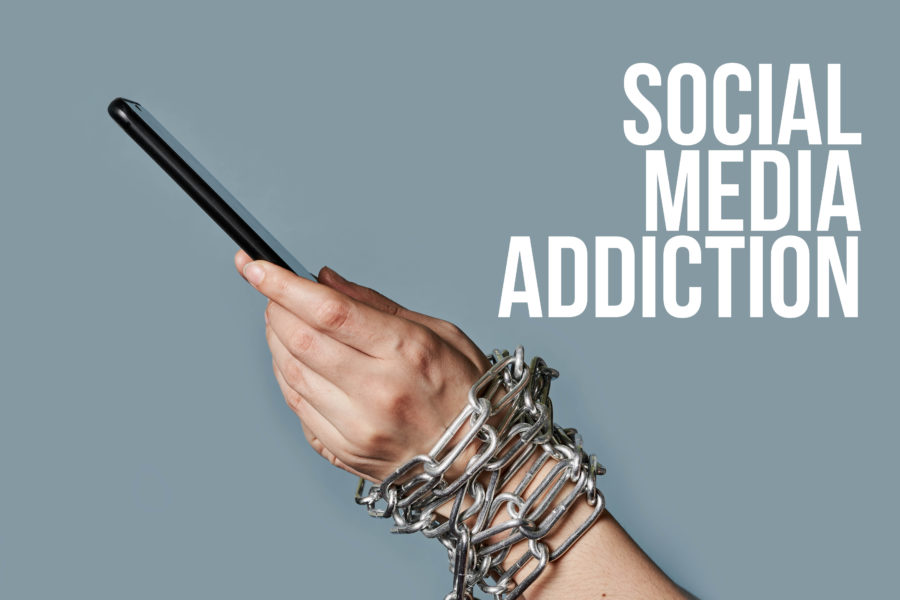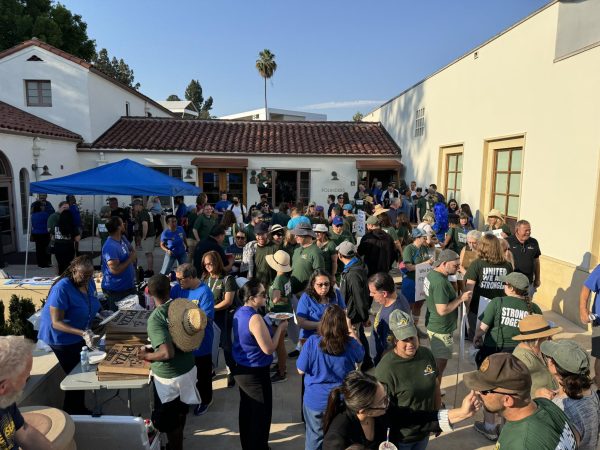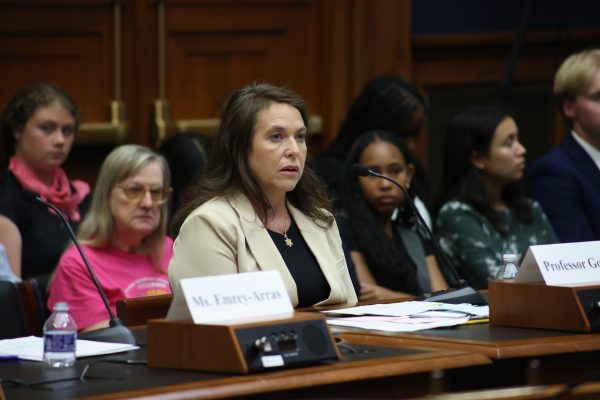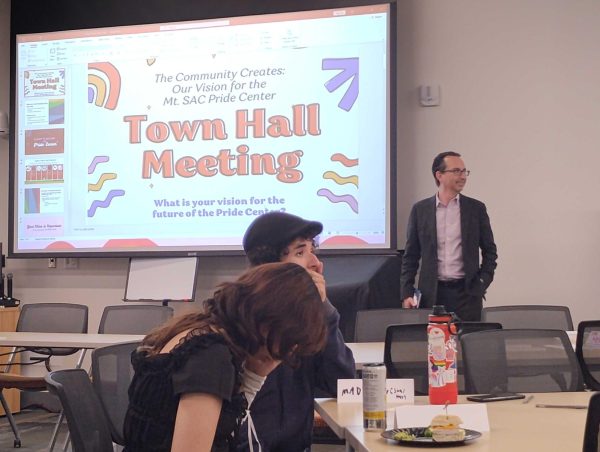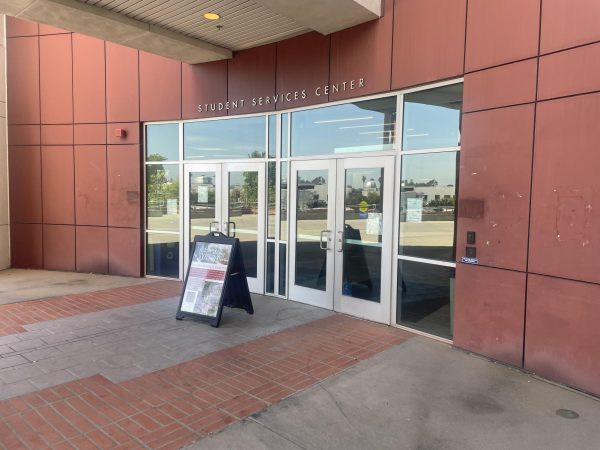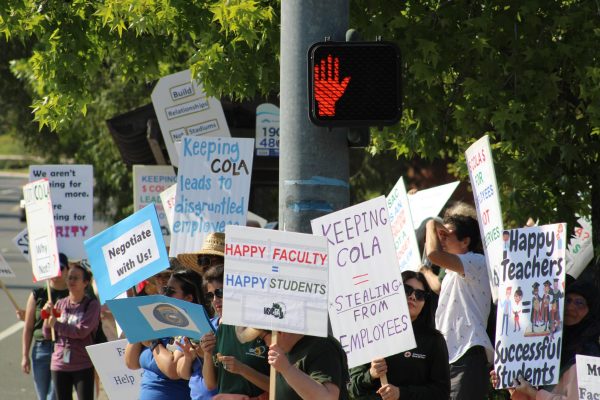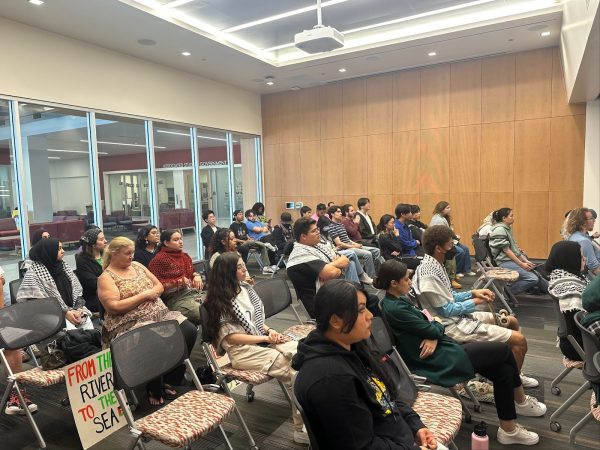‘People just like mocking you, trolling you’: Mt. SAC students discuss the impact of social media
Mt. SAC students appeal not to indulge in the internet
Instagram. TikTok. YouTube. Snapchat. Twitter. When most people are bored, they tend to turn to social media to fill the time. Scrolling through posts, sharing memes and watching short videos seem to have become the flavoring agent of many people’s lives or even a daily necessity.
It is common to see students on campus glued to their phones while walking. Here’s what some Mt. SAC students had to say about social media usage.
“I get kind of lost in scrolling social media,” said Patrick Burke, a 27-year-old art major. “It takes a lot of time. It doesn’t make me feel good.”
Burke said that he only sends memes, shares funny videos and chats with his friends on social media while observing some bad trends.
“Like being really concerned with appearance or just superficial things in general,” Burke added. “I think it’s easy to get lost in social media. It’s easy to lose your sense of self, lose sight of what’s important and to just get distracted from the things that are really meaningful in life.”
Business major, Christine Tu, also mentioned cyberbullying on social media.
“People just like mocking you, trolling you,” she said.
Because of online harassment, schools in the nation are suing social media companies, claiming that they are contributing to young people’s mental health problems.
In San Mateo County, California, the county’s school board and Superintendent Nancy Magee sued YouTube, TikTok, Snapchat and their parent companies on March 13. The lawsuit claims their platforms to be addictive and deliver harmful content to youth.
In Bucks County, Pennsylvania, officials also launched a lawsuit against these social media companies for the same reason on March 14.
“They take to heart what they see,” said Mt. SAC counselor Cynthia Orozco, who thinks teenagers are too young for social media.
“They think that everything they see is real and they hold themselves to unrealistic standards of life,” Orozco said. “It affects them emotionally and mentally.”
In the meantime, she observed that using social media could influence some students’ learning.
“Because it is so easily accessible that sometimes in class, they check out and go on social media,” she said. “It makes [students’] attention span shorter.”
However, Maria Hernandez Figueroa, 43, a coordinator for the Extended Opportunity Programs and Services at Mt. SAC, doesn’t think social media is the only factor affecting teen mental health.
“It has a lot of factors,” she said. “That’s depending on what age they start on social media, it affects them. Or what their family structure or their friendship structure is.”
Although there may be ]side effects from using social media, it has also brought convenience to students’ life and social interactions.
“There’s good things about social media,” Figueroa said. “If the student is analytical, they will have a healthy balance in the classroom.”
Efrain Carrillo, a 21-year-old early childhood education major, said, “It’s a great way to explore new things. For me, I’ve seen new techniques on there all the time and it kind of makes me want to try those.”
Carrillo’s screen time is around four hours every day on social media.
“It’s an addiction and if I cut hours on that, I would be able to do other things like drawing,” he said.
While social media can become a harmful addiction, it can also be used as a learning tool or means to connect with the world.
Figueroa suggested that students learn to balance their screen time with other types of experiences.
“Spend time in nature,” she said. “Spend time with friends that make you happy. Don’t follow negative things because it does get into your head. Follow positive things.”


